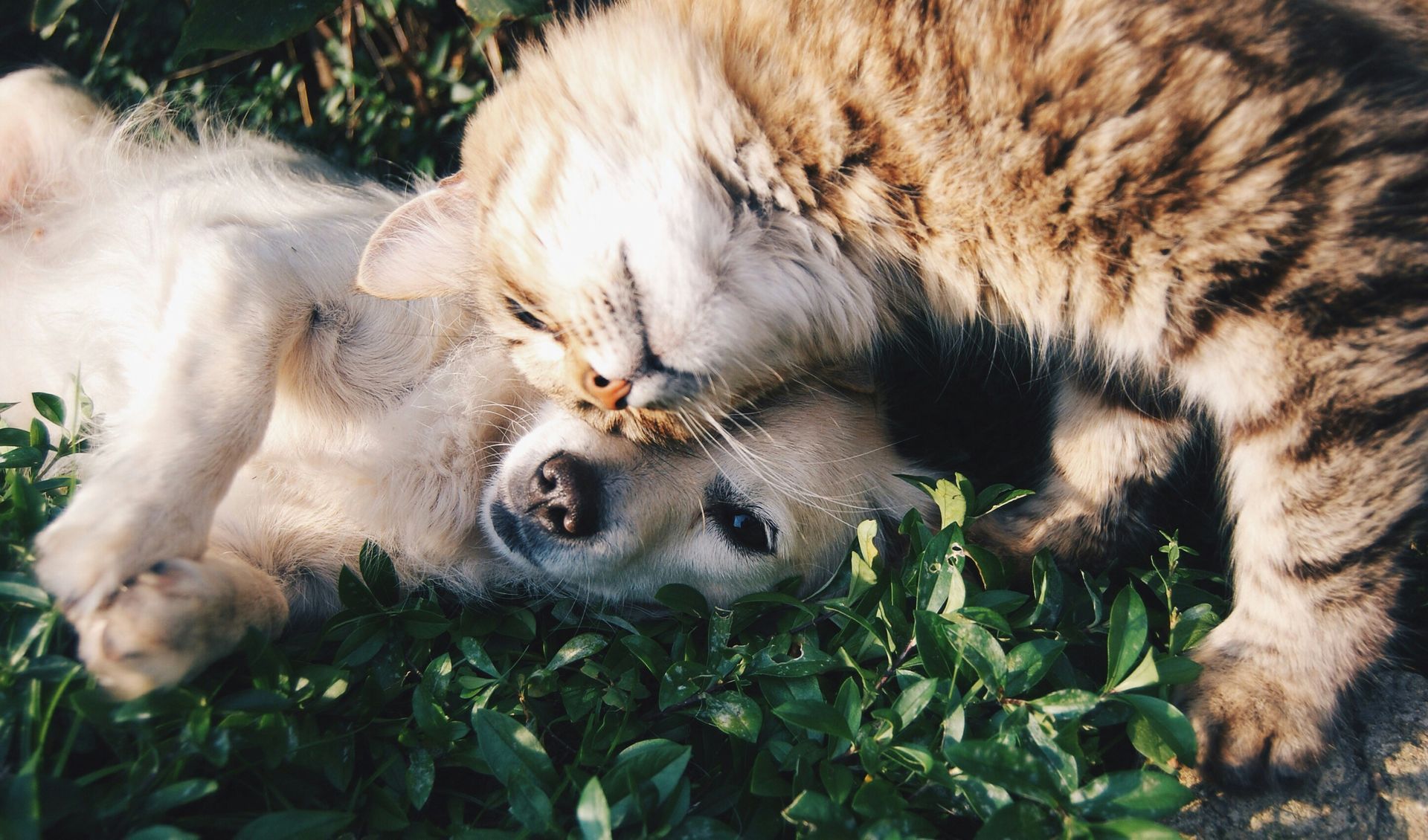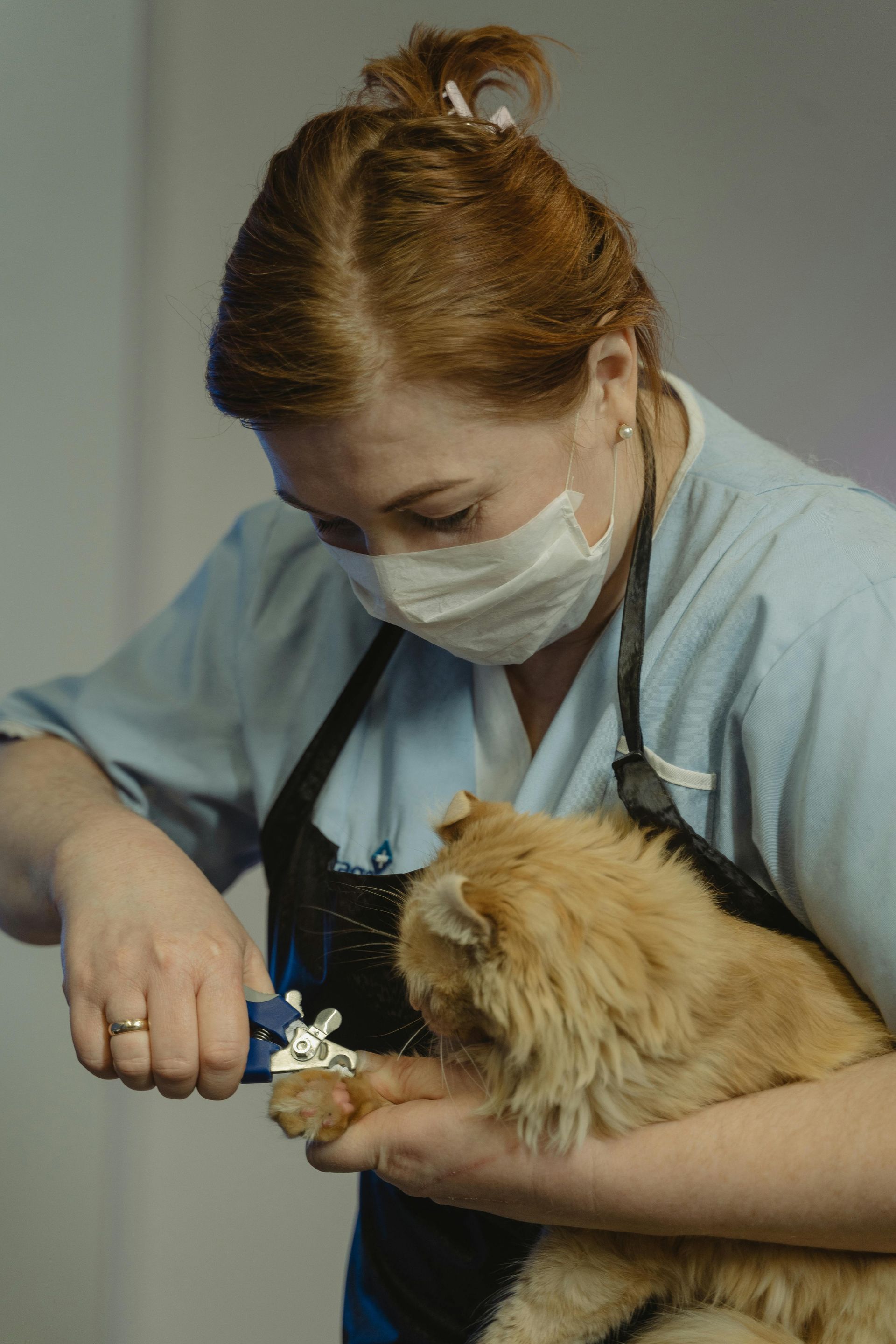Detecting Cancer in Dogs: Early Signs and Symptoms
allaboutpaws2014 • January 4, 2025
Cancer is a leading health concern in dogs, with approximately one in three dogs developing some form of the disease during their lifetime.
Early detection is crucial for effective treatment and improved outcomes. Here are common signs that may indicate cancer in dogs:
- Unexplained Lumps and Bumps: The appearance of new lumps or bumps, or changes in existing ones, can be indicative of tumors such as mammary gland tumors or lipomas.
- Lameness: Persistent limping or difficulty moving may suggest bone cancer, such as osteosarcoma, which often affects the limbs.
- Pigmented Sores: Dark-colored sores, particularly in the mouth, on the lips, or nail beds, can be a sign of melanoma, a cancer of pigment-producing cells.
- Swollen Lymph Nodes: Enlarged lymph nodes, especially in the neck, armpit, or knee regions, may indicate lymphoma, a common cancer affecting white blood cells.
- Wounds That Won’t Heal: Sores or lesions that do not heal could be associated with aggressive cancers like mast cell tumors.
- Abdominal Distension: A swollen or enlarged abdomen can be a sign of tumors in the abdominal organs.
- Behavioral Changes: Alterations in behavior, such as increased lethargy, decreased appetite, or reluctance to exercise, may be subtle indicators of underlying health issues, including cancer.
It's important to note that these symptoms can also be associated with conditions other than cancer. Therefore, if you observe any of these signs in your dog, consult your veterinarian promptly for a comprehensive evaluation and appropriate diagnostic testing. Early detection and intervention are key to managing cancer effectively and maintaining your dog's quality of life.
Sources:
Cancer in Dogs: Signs, Symptoms, and Treatment
10 Signs of Cancer in Dogs | PetMD
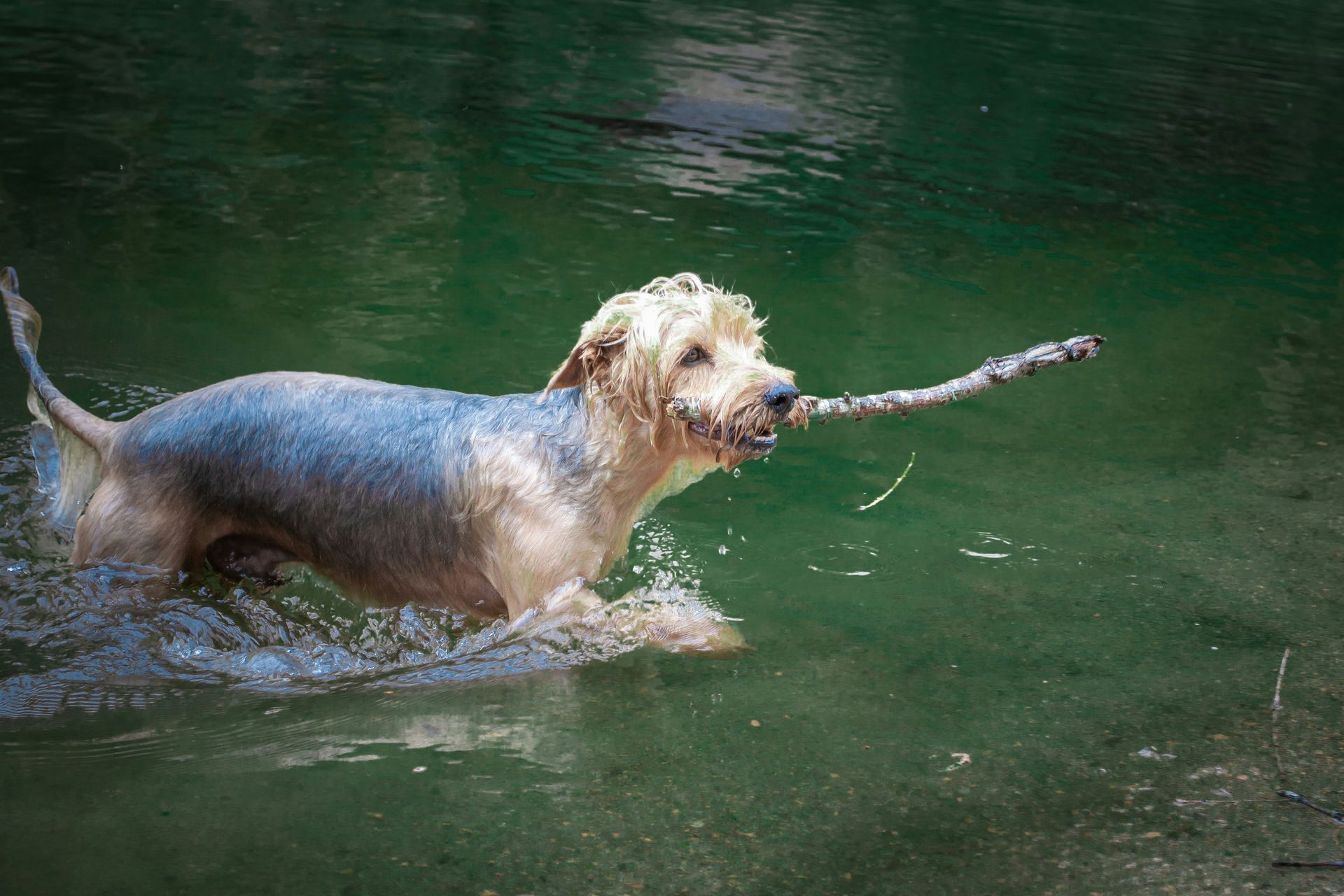
Just like humans, dogs need mental and physical stimulation to stay happy and healthy. Enrichment activities provide opportunities for your dog to engage their mind and body, improving their overall well-being. Whether it’s through interactive toys, puzzles, or outdoor adventures, enrichment can make a huge difference in your dog’s life.

When you need to leave town and can’t bring your pets with you, boarding is often the best solution. However, it can be a new and potentially stressful experience for both you and your pets. Proper preparation can make all the difference in ensuring your furry friends feel comfortable and safe during their stay. Here’s a helpful guide on how to prepare your pets for boarding.
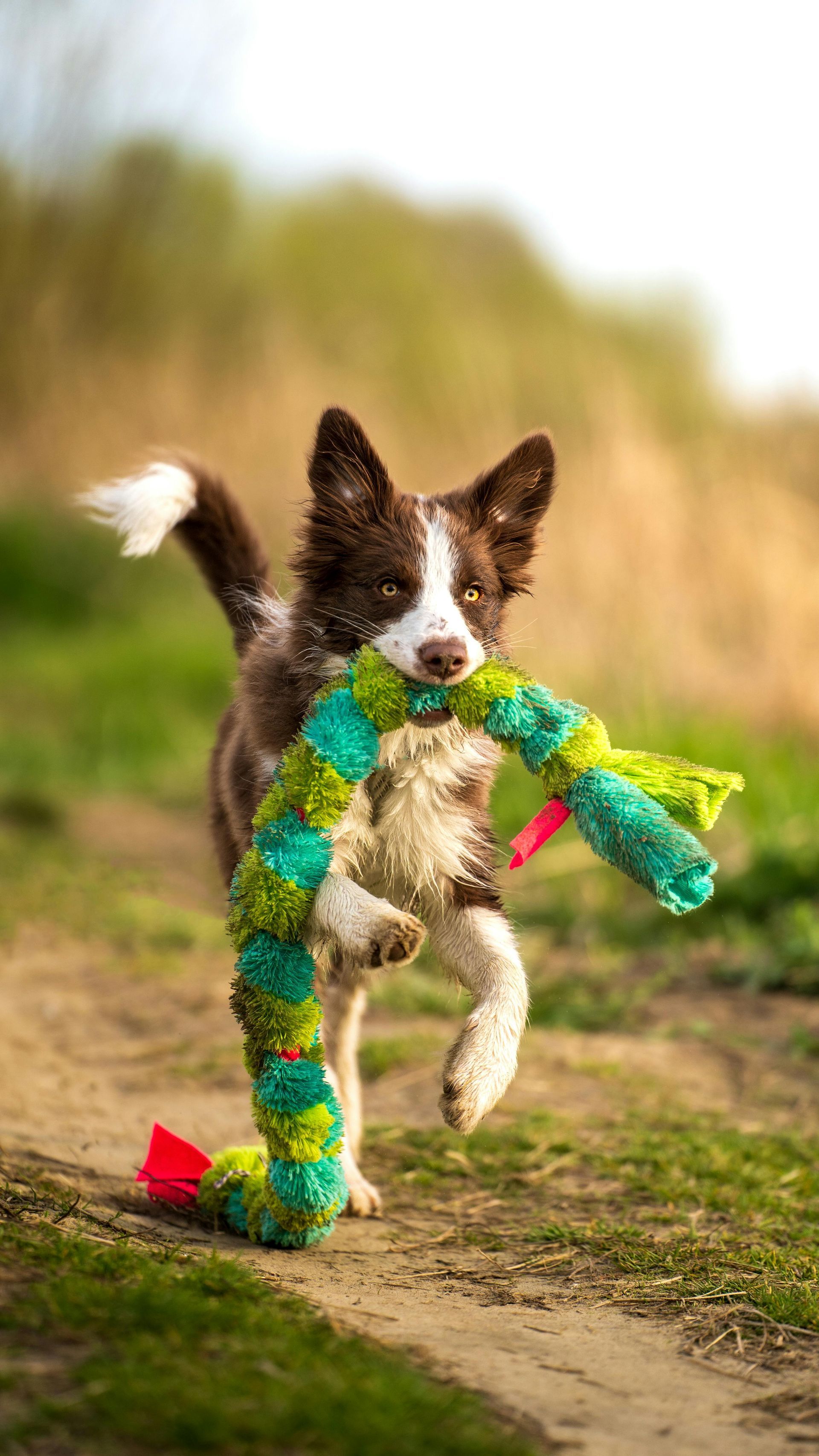
Just like us, pets can get bored with the same old routine, and that includes their toys. If your dog or cat seems uninterested in their toys lately, don’t worry — there are ways to reignite their playfulness. Let’s explore some simple strategies to keep your pet excited about their toys and engaged in healthy, stimulating activities.
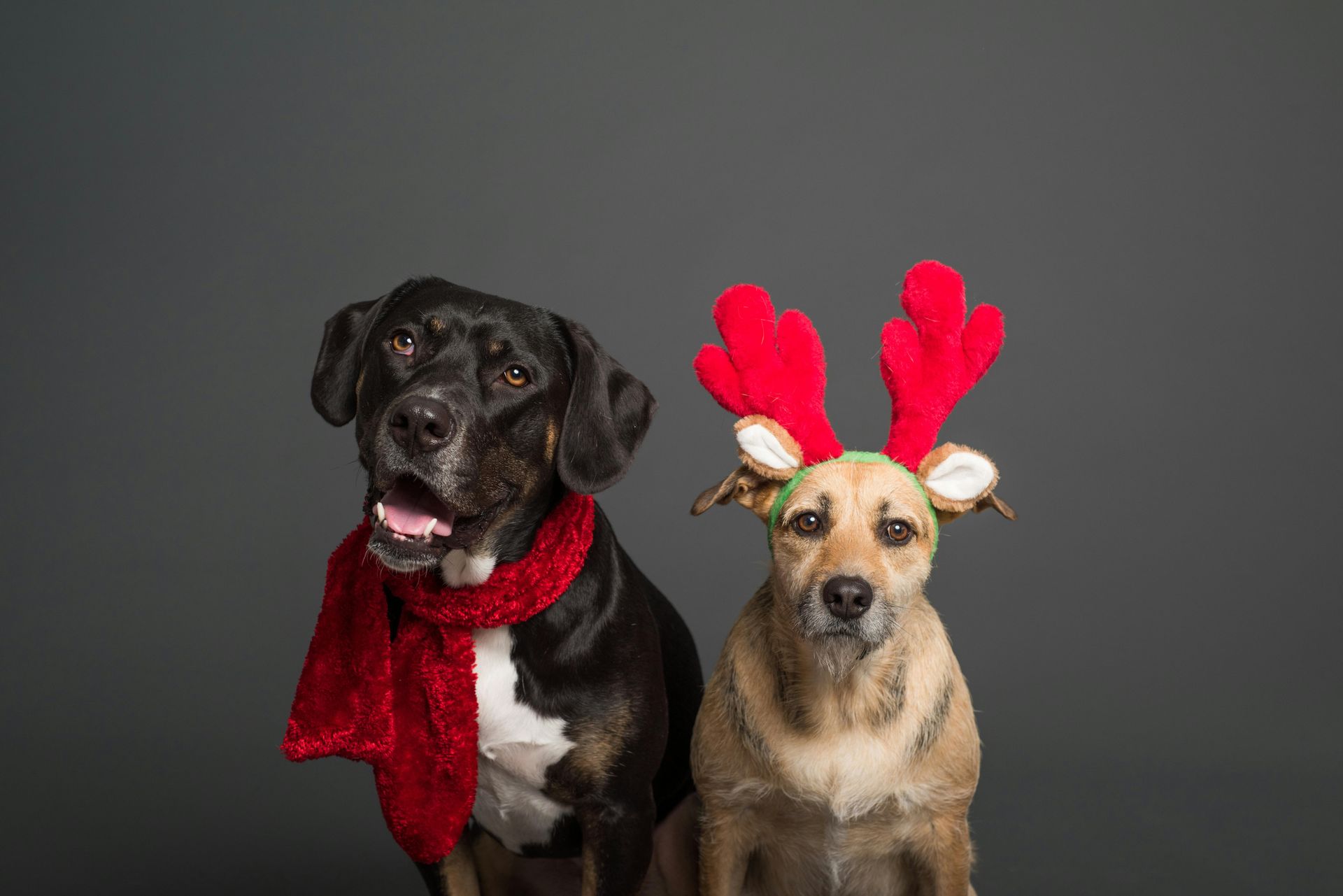
The holiday season is a time for joy, celebration, and spending quality moments with loved ones—including your pets! For many of us, our dogs are like family, so it makes sense to want them to join in on the festivities. Here are some simple and thoughtful ways to include your pet in the holiday season, plus a fun and dog-safe treat recipe to add a little holiday cheer to their day.

Welcoming a new puppy into your home is an exciting time, and it’s important to ensure a smooth introduction to any existing pets. At All About Paws, we understand that a harmonious home environment is key to a happy household. Here’s a guide to help you successfully introduce your new puppy to your other animals.

